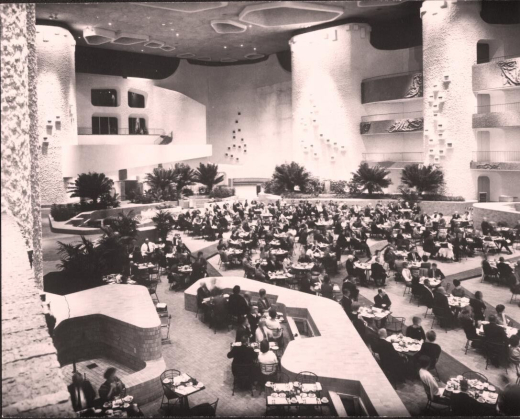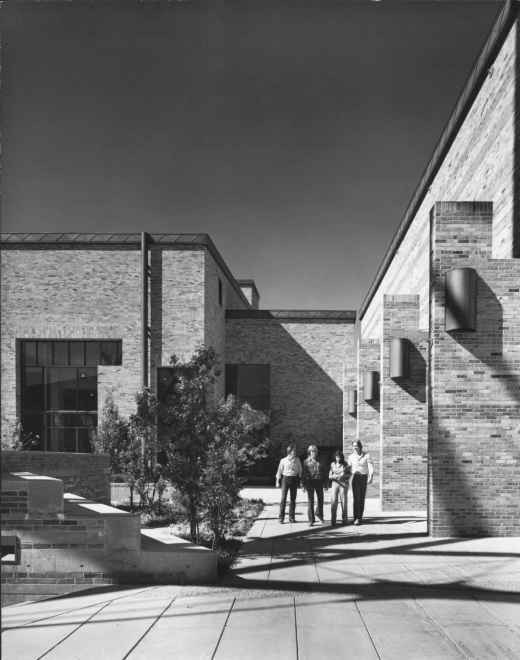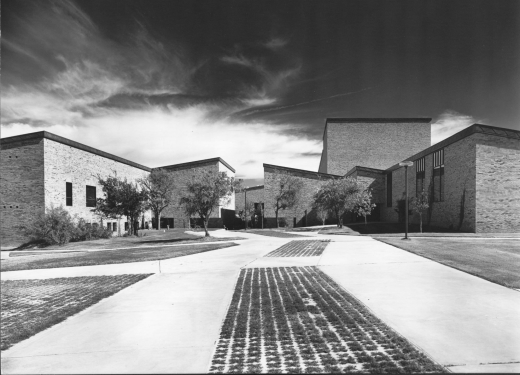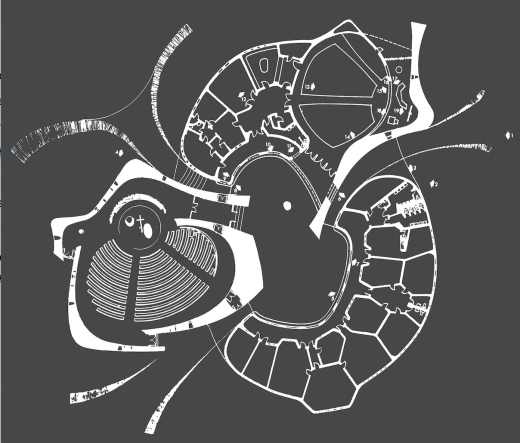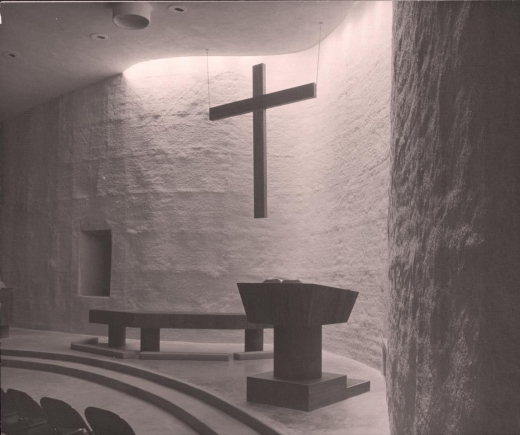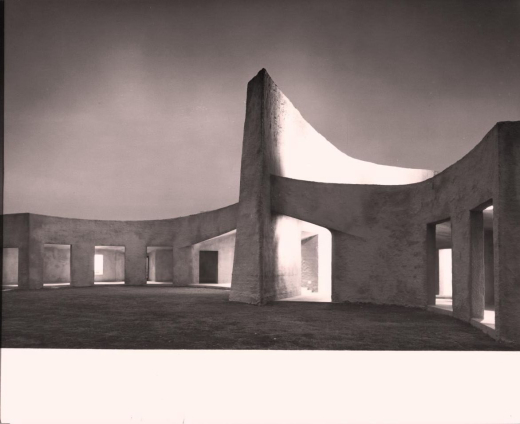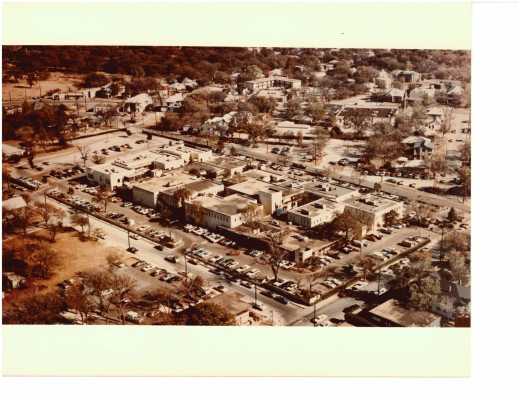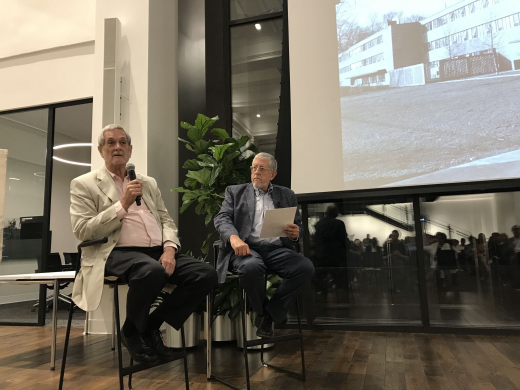The Dallas firm of Pratt, Box & Henderson was the special topic of conversation on May 24th as over 120 aficionados of architecture and planning assembled to hear a series of talks about the influential firm. The event took place at the handsome new Dallas offices of Perkins+Will, located in the recently renovated Old Dallas High School (1907 Lang & Witchell).
Pratt, Box & Henderson (PBH) was active from the 1950s through the 1980s, founded initially by James Pratt and Harold Box. Philip Henderson joined in the early 1960s. Their work and influence were wide and diverse; the three principals were often at the forefront of significant planning initiatives, vocally urging city fathers of Dallas to create a better city, and usually showing them how to do it. In addition to their urban design and planning work, the architecture of PBH was rooted in its time and place, drawing on traditional, proven means of dealing with Texas climate and culture, while embracing the possibilities and expressions of modern technology. This work was recognized with numerous design awards from the Texas Society of Architects and AIA Dallas. As a firm, PBH ended in the 1980s, with Hal Box as Dean of the School of Architecture at UT Austin (after many years as Dean at UT Arlington), and James Pratt and Philip Henderson opening separate firms.

